Ultimate Guide: Android Smartwatches 2025 & Beyond
As someone who’s spent over a decade dissecting the intricate world of consumer tech, from the first clunky smartwatches to today&s sleek, powerful wrist computers, I&ve seen a lot of hype come and go. But when we talk about android smartwatches 2025, we’re moving beyond mere buzz. We&re talking about a significant leap in wearable technology that promises to genuinely integrate into our lives, offering more than just notifications – it’s about a personal health guardian, a productivity booster, and a seamless extension of our digital world. Let&s peel back the layers and see what the future truly holds for your wrist.
What Can We Expect from Android Smartwatches in 2025?
In 2025, expect android smartwatches to be significantly more powerful, intuitive, and health-focused, driven by advancements in Wear OS and more efficient hardware.
The landscape of Android smartwatches is evolving at a blistering pace. By 2025, we anticipate devices that are not just iterative updates but represent a genuine paradigm shift. We’re looking at smarter, more energy-efficient processors that allow for complex on-device AI processing without draining your battery in a few hours. Think less lag, faster app loading, and a smoother overall user experience. This means your watch won&t just be a display for your phone; it will be an intelligent companion capable of making more decisions independently.
Google&s continued investment in Wear OS, coupled with closer integration with Android, means a more cohesive and feature-rich ecosystem. Expect deeper ties with Google Assistant, improved native app support, and an interface that truly feels optimized for the wrist. The competition, primarily from Samsung&s Galaxy Watch series and Google&s own Pixel Watch, will push the boundaries of design, functionality, and affordability, making high-performance smartwatches accessible to a broader audience.
How Will Wear OS Evolve in the Near Future?
The wear OS future will see enhanced performance, deeper Google service integration, and a more unified experience across various Android devices, making it a truly formidable platform.
Google&s renewed commitment to Wear OS has already borne fruit, and 2025 will solidify its position as a robust operating system. We&re likely to see a continued focus on optimization, ensuring that the OS runs smoothly on diverse hardware from different manufacturers. This means better battery life, faster boot times, and more responsive interactions, even on watches with less premium specs.
Key areas of development will include:
- Seamless Handoffs: Imagine starting a task on your phone and seamlessly continuing it on your watch, or vice-versa, without a hitch.
- Enhanced App Ecosystem: A richer selection of native apps, especially for productivity and fitness, reducing the reliance on your smartphone.
- Smarter Notifications: More intelligent grouping and actionable notifications that anticipate your needs.
- Personalization: Deeper customization options for watch faces, complications, and gesture controls.
Expect Google to leverage its AI expertise to make Wear OS more proactive, offering insights and suggestions based on your habits and context. This isn&t just about showing you information; it&s about anticipating what you need to know or do next.
What Health Tracking Innovations Are Coming to Smartwatches?
Health tracking smartwatch capabilities will see significant enhancements by 2025, moving towards continuous, more accurate, and proactive health monitoring, including advanced vital sign tracking and potential disease prediction.
This is where smartwatches truly begin to shine, transforming from gadgets into essential health tools. Beyond the existing staples like heart rate monitoring and step counting, we&re looking at a future where your smartwatch is a sophisticated, always-on health companion.
- Advanced ECG Monitoring: Expect more widespread and precise ECG monitoring android smartwatches, capable of detecting a broader range of heart rhythm irregularities, not just atrial fibrillation. This will become a standard, highly accurate feature.
- Continuous Blood Oxygen Monitoring: While many watches offer spot checks now, 2025 will bring more reliable, continuous blood oxygen smartwatch tracking, providing insights into sleep quality, respiratory health, and overall well-being.
- Sophisticated Stress Tracking: Beyond simple heart rate variability, future smartwatches will use a combination of biometric data, sleep patterns, and even environmental factors to provide more nuanced and actionable stress tracking wearable insights, offering guided breathing exercises or mindfulness prompts at opportune moments.
- Temperature Sensing: Already appearing in some devices, accurate on-wrist temperature sensors will become standard, offering insights into illness, ovulation cycles, and more.
- Blood Pressure Monitoring: While still challenging for a wrist-worn device, breakthroughs in cuff-less blood pressure monitoring are on the horizon, potentially making this a reality in some high-end android smartwatches 2025 models.
- Sleep Apnea Detection: Combining blood oxygen, heart rate, and movement data, smartwatches will get better at identifying and alerting users to potential sleep apnea.
The key here isn&t just data collection, but intelligent interpretation.
Smartwatches will get better at identifying trends and anomalies, proactively alerting you to potential health issues or encouraging healthier habits. For more on the future of health tech, you might find this article on digital health trends by the WHO insightful.
Are There Any Breakthroughs in Smartwatch Innovation on the Horizon?
Yes, smartwatch innovation will focus on extending battery life, integrating new biometric sensors, improving screen technology, and enhancing on-device AI capabilities.
The race for the next big thing in smartwatches isn&t slowing down. Here are some areas where we can expect significant advancements:
- Battery Life: This remains the holy grail. Expect more efficient processors, advanced battery chemistries, and potentially even energy harvesting technologies (like solar charging for outdoor models) to push battery life from days to weeks for some models.
- Non-Invasive Glucose Monitoring: This is the dream for many, especially diabetics.
While challenging, research continues to progress, and 2025 could see early, albeit perhaps less precise, iterations of this technology in select devices.
- Micro-LED Displays: Offering brighter, more efficient, and potentially more durable screens than current OLEDs, Micro-LED could revolutionize how we interact with our watches.
- Modular Design: The idea of customizable watch bodies or swappable sensor modules might gain traction, allowing users to tailor their watch to specific needs or upgrade components.
- Advanced Haptics: More nuanced and realistic haptic feedback could enhance interactions, making notifications and alerts more informative without being intrusive.
These innovations aren&t just about flashy new features; they&re about making smartwatches more useful, reliable, and integrated into our daily routines.
To understand the current leaders and what they offer, check out our comprehensive review of the best smartwatches on the market.
Which High-Performance Android Smartwatches Should I Watch Out For?
For android smartwatches 2025, keep an eye on the next iterations of the Google Pixel Watch and Samsung Galaxy Watch series, as they will continue to lead in performance, features, and Wear OS integration.
When it comes to high-performance smartwatches running Android, the usual suspects are likely to remain at the forefront, but with significant upgrades:
- Google Pixel Watch (Future Generations): Google&s own hardware will continue to showcase the best of Wear OS, with tight integration with Fitbit&s health tracking and Google&s AI capabilities.
Expect refined designs, improved battery life, and potentially exclusive Wear OS features.
- Samsung Galaxy Watch (Future Generations): Samsung&s watches, known for their robust build quality, comprehensive feature sets, and often unique rotating bezels (physical or virtual), will continue to be strong contenders. Their focus on advanced health sensors and seamless integration with the Samsung ecosystem will keep them competitive.
- Qualcomm Snapdragon W5+ Gen 2/3 Powered Devices: Other manufacturers utilizing Qualcomm&s latest wearable chipsets will offer compelling alternatives. These chipsets are designed for superior performance and power efficiency, enabling much longer battery life and faster app execution on a variety of brands like Mobvoi&s TicWatch series.
- Emerging Players: Don&t count out new entrants or established players like Xiaomi, OnePlus, or even traditional watchmakers partnering with Google, who might surprise us with innovative designs or niche-focused smartwatches.
Choosing the right android smartwatches 2025 will depend on your specific needs, whether it&s cutting-edge health tracking, long battery life, or seamless integration with your existing Android phone. For a deeper dive into current models, you can read our Wear OS buyer&s guide.
Shop Related Products on eBay
Find the best deals on these recommended products:
… (Content truncated for length) …
About the Author:
Poly Kaza is a seasoned technology journalist and wearable tech enthusiast with over a decade of experience reviewing and analyzing the latest innovations in smart devices. He has a deep understanding of the underlying technologies that power smartwatches and a passion for helping consumers make informed decisions about their digital companions. His work focuses on bridging the gap between complex technical specifications and practical user experience, with a keen eye on how wearables impact daily life and health.
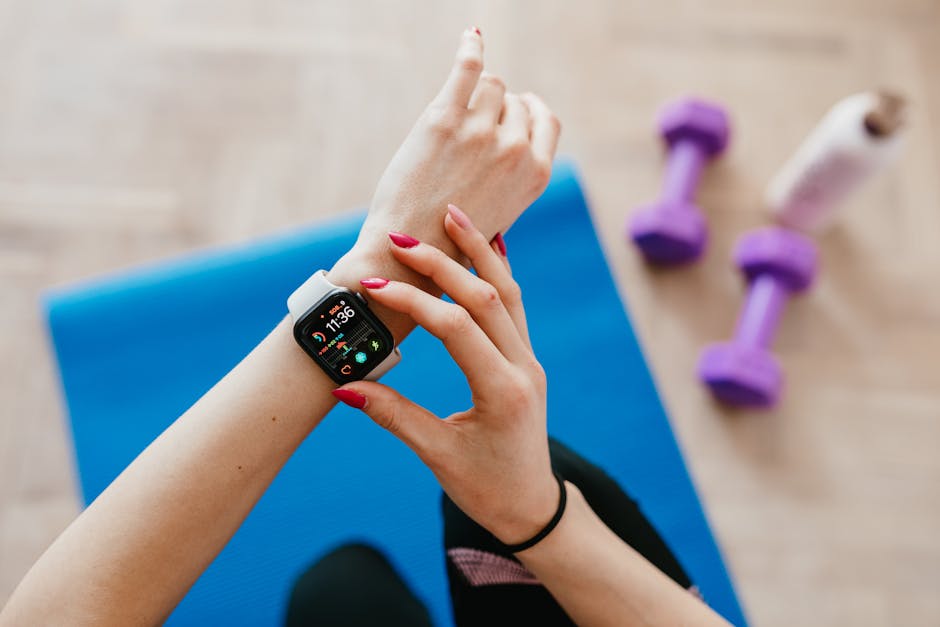
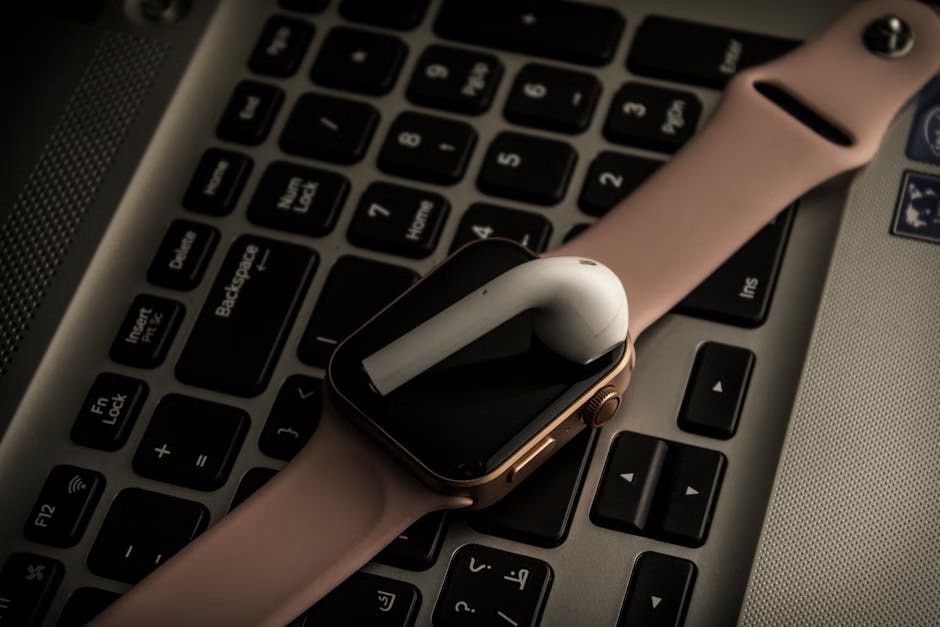
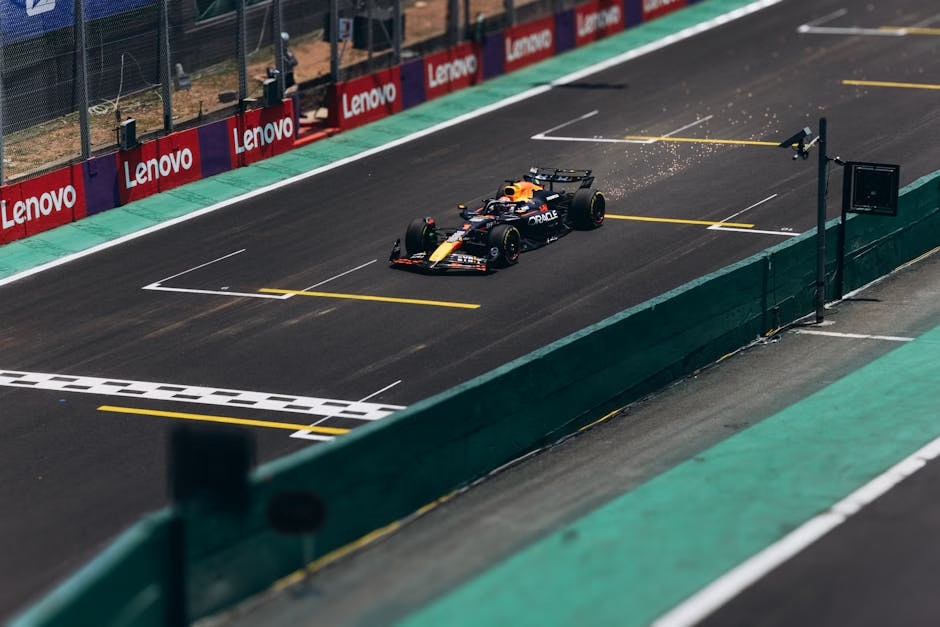

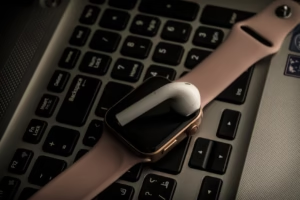

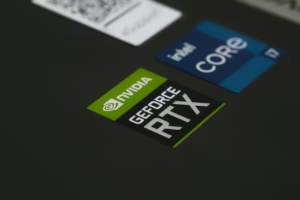






1 comment